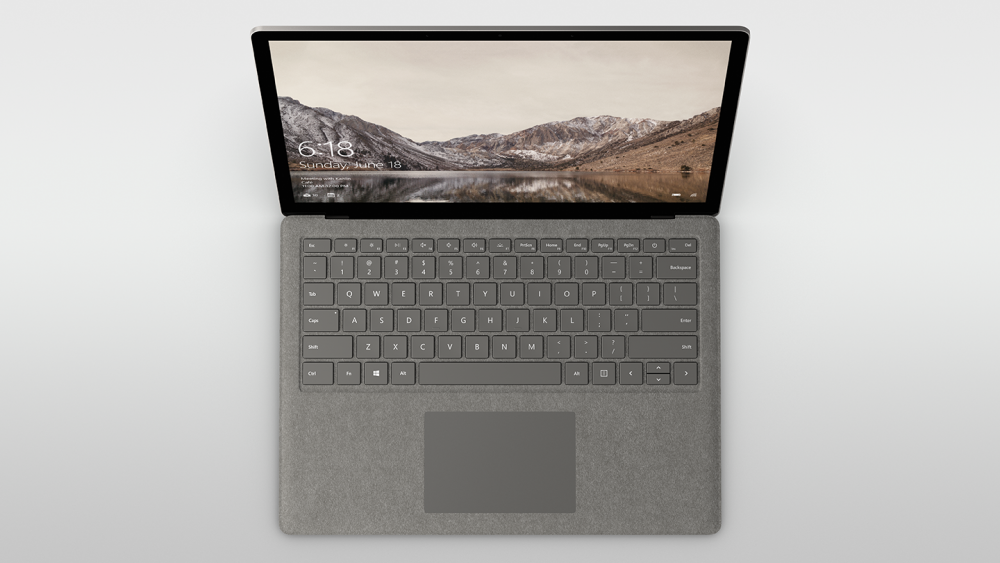Microsoft on Tuesday unveiled the Surface Laptop: the company’s first device that’s meant to be a standalone clamshell-style notebook rather than a hybrid laptop-tablet device.
Aimed at college students and shipping on June 15, it runs on new software called Windows 10 S, which can only run apps from Microsoft’s Windows Store. In some ways, it marries the best aspects of laptops like Google’s Chromebooks and Apple’s MacBooks: high quality, premium hardware and an easy-to-use experience.
One of the Surface Laptop’s most noteworthy characteristics becomes evident as soon as you open the lid. Unlike most notebooks, this laptop features a 3 x 2 aspect ratio, giving it a taller, larger-feeling screen. It doesn’t sound like a major change, but it’s much more captivating than my MacBook Air’s 4 x 3 screen. The Surface Laptop’s 13.5-inch 2,256 x 1,504 resolution display made photos and text on web pages look crisp, bold, and colorful.
The Surface Laptop also has an unusual keyboard, featuring the same Alcantara coating as the Surface hybrid’s Type Cover. It’s soft on the wrists, and Microsoft says it should be more resistant to fingerprint smudges than other materials. But it’s not quite as sturdy as the metal build found on other premium laptops. Even so, it feels much more durable than the Surface Pro’s TypeCover keyboard, which I’ve previously found to be too thin for long stretches of work.

The overall design is sharp and polished; it feels much more like a MacBook than any other Windows laptop I’ve used. The burgundy option, which I used during my hands-on period, has a richer color than the rose gold laptops offered by Apple and Dell.
Above all else, the Surface Laptop will serve as a conduit for Windows 10 S, providing Microsoft’s myriad parters with an example of what the experience should be like, much like the Pixel line has done Google’s Android and Chrome OS partners. It also marks the next major evolution from Microsoft’s Surface product, which has grown from being primarily a mobile device to a hybrid and now a traditional notebook.
More Must-Reads from TIME
- Why Trump’s Message Worked on Latino Men
- What Trump’s Win Could Mean for Housing
- The 100 Must-Read Books of 2024
- Sleep Doctors Share the 1 Tip That’s Changed Their Lives
- Column: Let’s Bring Back Romance
- What It’s Like to Have Long COVID As a Kid
- FX’s Say Nothing Is the Must-Watch Political Thriller of 2024
- Merle Bombardieri Is Helping People Make the Baby Decision
Contact us at letters@time.com